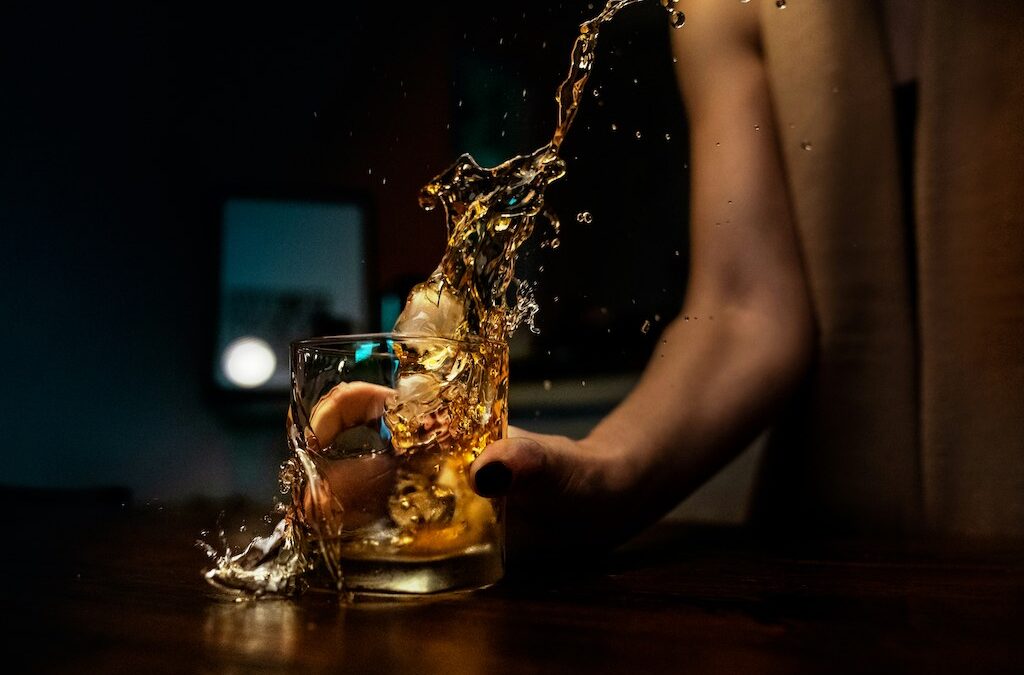Given the four-part article on alcohol abuse and its implications, thought I would share some of my own insights regarding alcohol abuse, whether it is in Colorado or elsewhere in our world.
It was critical that The Denver Post write this series, as I have known anecdotally for years that alcohol abuse is the most common negative addiction out there. I see evidence of this everyday in my office. Here are some numbers reported in that four-part series:
“Deaths from alcohol in Colorado shot up more than 60% between 2018 and 2021, falling slightly in 2022 — as did fatal overdoses. But alcohol fatalities are still 50% above pre-COVID levels, and experts fear Coloradans’ heavier drinking since 2020 will continue to exact a deadly cost in the years to come. Alcohol killed 1,547 people statewide in 2022 — fewer than the 1,799 who died of overdoses — but that narrowly defined figure only includes certain types of organ damage and complications of withdrawal. Factor in deaths from long-term complications of drinking, and estimates put alcohol’s annual toll in this state at roughly twice that number.” (Note, there is a more dire situation in other states like New Hampshire and Wisconsin. Yet this blog will summarize how this impacts all our states.)
It’s concerning to hear about an increase in alcohol abuse rates, as it can indeed lead to various health implications and risky behaviors (personal and societal) such as DUI (Driving Under the Influence). Colorado has had a 61% increase in DUI (Driving Under the Influence) from just 10 years ago and includes 286 lives lost to impaired driving. According to the Colorado Bureau of Investigation’s Colorado Crime Statistics, there were 16,213 DUI cases filed in 2022.
Furthermore, risky behaviors may increase when one is struggling with depression, often exacerbated by alcohol abuse, which then can lead to dire consequences like suicide. A state report found that about 42% of people who died by suicide from 2011 to 2015 and had toxicology information had alcohol in their systems at the time of their deaths. About 28% were legally intoxicated. So far, Colorado’s suicide prevention programs haven’t mentioned alcohol as a risk factor or suggested that people at risk be discouraged from drinking.
In 2018, the State Epidemiological Outcomes Workgroup laid out four strategies to lessen the impact of excessive drinking: reducing the density of businesses selling alcohol, raising alcohol taxes, limiting the hours when alcohol can be sold and increasing liability for selling alcohol to someone who’s underage or already intoxicated. Yet Colorado did none of the above. Moreover, unfortunately the workgroup did not mention education and treatment. If more problematic drinkers, those who are self-medicating, get professional help, we can reduce and maybe even eliminate the consequences mentioned above.
My undying hope is that one gets professional support before there are any of these medical, psychological, legal and familial consequences. Reach out, as author Stephanie Covington says, “we recover in connection NOT isolation.”
Below is an article of the four part Denver Post series; within that link you can find the other three parts.

